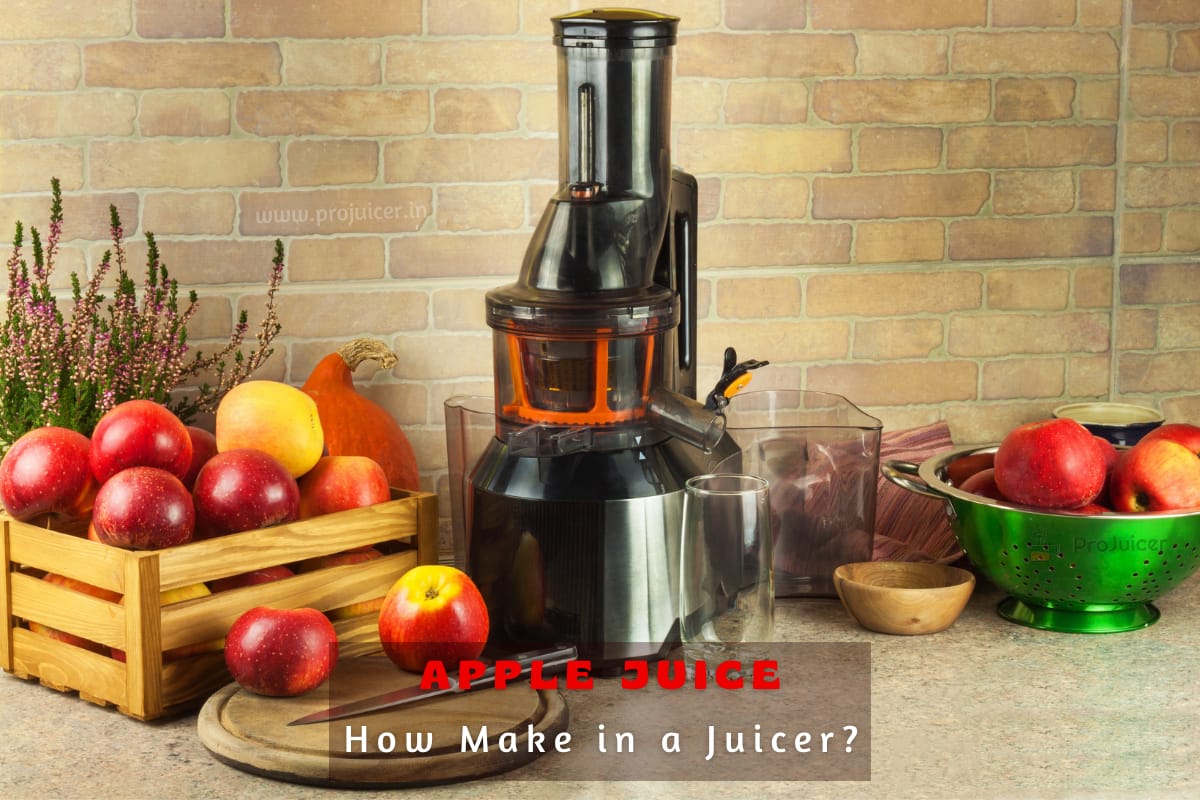To verify mycotoxin contamination in apple juice, isocratic High-Performance Liquid Chromatography (HPLC) is the method of choice. This technique allows for the separation and identification of individual components present in a sample by using a solvent system of constant composition. Isocratic HPLC is particularly useful for identifying mycotoxins because it employs simple mobile phases and is relatively easy to operate.

By analyzing the apple juice using isocratic HPLC, cider makers can check if the legal limits for mycotoxin contamination have been breached. This helps to ensure the safety of the final product before it is released to the market. Isocratic HPLC is also sensitive and specific, which means it can detect low levels of mycotoxins even if they are not visible to the naked eye.
One of the key components required in isocratic HPLC is the HPLC vial rack. This tool holds multiple vials or sample containers in position when conducting multiple analyses. HPLC vial racks reduce the risk of sample contamination by minimizing handling and ensuring samples remain secure during analysis.
HPLC vial rack suppliers have paved the way for an increased capacity for sample preparation, testing and analysis by providing vial racks that accommodate different sizes and types of samples. To ensure accuracy of test results and to minimize errors, it’s important to use high quality HPLC vial racks. Only reliable and established HPLC vial rack suppliers should be considered for purchasing these types of tools.
In conclusion, isocratic HPLC is necessary for verifying mycotoxin levels in apple juice for cider making industry. Reliable and established HPLC vial rack suppliers provide high quality vial racks which hold the samples securely in position during analysis. By using these techniques, cider makers can ensure the safety and quality of their product for end consumers. It always pays to put safety first.